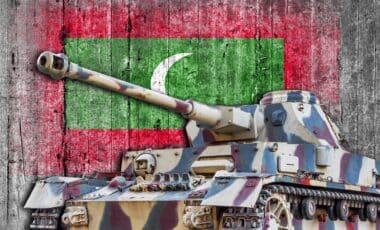“THE BLUE AND GRAY ALMANAC – – The Civil War in Facts and Figures; Recipes and Slang”, byAlbert Nofi. CASEMATE PUBLISHERS: 2017, 346 pagers, 6”x 9”, softcover, $22.95. Visit,
www.gettyburgpublishers.com.
In “Gettysburg Faces – Portraits and Personal Accounts”, Ron Coddington has added to ourknowledge and enjoyment with a unique collection of 100 rare photographs of identifiedsoldiers and other participants in the Campaign, each accompanied by an account of his or herwar experiences. Their stories describe in vivid detail the triumphant and tragic events before,during and after the three-day fight. Each profile is a microhistory based on letters, journals,newspaper reports, regimental histories and other documents. Author Coddington is Editor andPublisher of Military Images Magazine, and has been collecting Civil War photos virtually all hislife. Without reservation or qualification, this reviewer shares that it is one of the best Civil Warhistories he has ever encountered.“The Horse at Gettysburg – Prepared for the Day of Battle”, by Chris Bagley proudlyannounces, “Horses are one of the many unsung heroes of the Civil War. These majesticanimals were pressed into service, trained, prepared for battle, and turned into expendableimplements of war. There is more to their story, however. When an army’s means and survivalis predicated upon an animal whose instincts are to flee rather than fight, a bond of mutualtrust and respect between hand and horse must be forged. Ultimately, the Battle of Gettysburgresulted in thousands of horses being killed and wounded. Their story deserves telling from atime not so far removed of Gettysburg’s year.” All one needs to do is thumb to page 212 andperuse the photos of Chris with his horse. Chris’s expressions tell you all you need to knowabout his personal love for his own horse, nay, his absolute devotion to all the world’s horses. aThus every page, paragraph, and sentence throughout this most superlative text and photoscome alive, perhaps testing your own emotions of what many consider the most beautifulanimal on earth. Roy Rogers loved horses from the moment of his birth to the final moment ofhis life. I won’t mention his name, because he is, and will always be, a true American hero, butguess who among all the male movie stars of countless westerns, especially as a young actor,regarded horses as nuisances, until middle age then finally began considering them as much afamily member as Chris does.“The Cornfield – Antietam’s Bloody Turning Point” begins with: “At dawn on September 17,1862, David Miller’s peaceful farmland was the location for the opening scene of a battle todetermine our nation’s fate in which 22,000 men became casualties on America’s singlebloodiest day. Here, Lee’s resolve to preserve his Maryland campaign first clashed withMcClellan’s stubborn determination to end that campaign by implementing his own carefullycrafted battle plan. This is a true story of human struggle against fearful odds, of men seekingto do their duty, of simply trying to survive in a contest which had implication that echoeddecisively throughout Antietam’s other actions that reverberated beyond the close of fightingthat evening. This is ‘The Cornfield’ “. Such is author David A. Welker’s lead into one of the bestCivil War books of the past decade, by many accounts. “Military Heritage Magazine” couldn’t
say it better, “ . . . . a tantalizing narrative that sheds new light on the famous battle that
became known as one of the most tragic single days in American history. If you know little ofthat four-year war, and that terrible, terrible day of death, this is the book to build yourfoundation on for further, if not life-long, reading all else that occurred in those dark days.Needless to say, every Civil War buff, bibliophile, enthusiast, casual reader owns, “The Blueand Gray Almanac – The Civil War in Facts and Figures, Recipes and Slang”. Or he and sheshould. Author Albert Nofi tells the story of the American War through a range of insightfulessays, anecdotes, and facts. And there is no one better suited to write it than Albert, a militaryhistorian, defense analyst, and wargame designer. He has published a ton of books (Google hisname as author and see for yourself) on a variety of subjects. For many years he served as anAssociate Fellow of the U.S. Civil War Center. He is a deputy editor and regular columnist for“North & South”, and a contributing editor to “Strategy Page”. All this is mentioned to certifyAlbert as legitimate imprimatur to compile, organize, classify, then narrate a work of this size(346 pages) to assist us novices who know so little, but eager to learn. At times, weeping isinevitable when being there to witness American men killing fellow Americans, attacking, and
destroying each other’s towns and villages.








